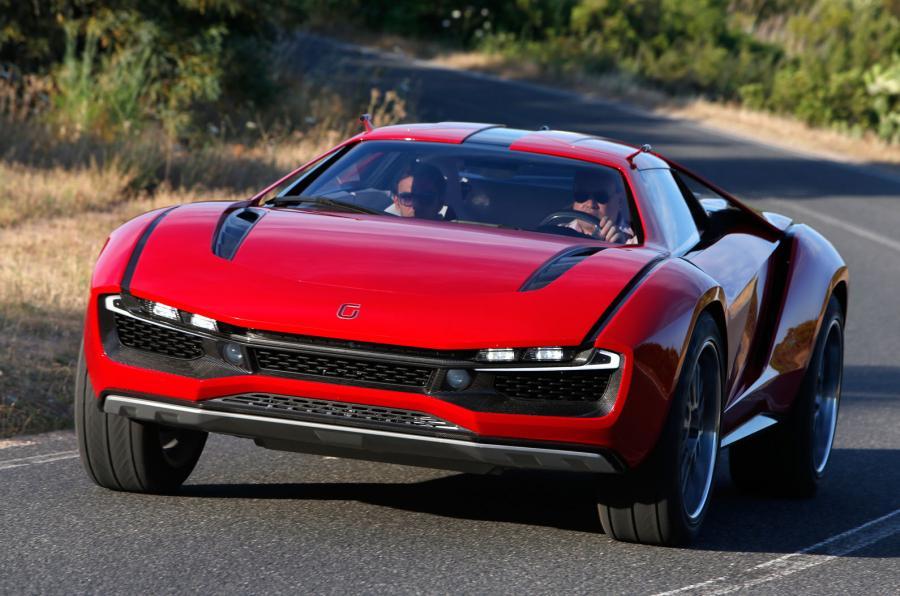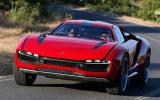Consider the modern supercar. Is it really the ultimate expression of the four-wheel driving experience? Not according to Fabrizio Giugiaro’s latest vision of the future, the ItalDesign Giugiaro 4x4 Parcour. And I’m tempted to agree with him.
By very handy coincidence, the two days prior to driving Giugiaro’s highly unusual 4x4 Parcour concept in Sardinia, I had been driving a McLaren 12C around the English countryside. As it turned out, this couldn’t have been a better preparation for understanding the thinking behind a concept that is described as a “mid-engined V10 sports car that’s ideal for all-track driving”.
I first saw the Parcour earlier this year, at its debut at Volkswagen’s pre-Geneva show exposition. As I tweeted a picture from the audience, my first thought was to describe it as a kind of Lancia Stratos Allroad. But while the Stratos comparison – made by quite a few others too – exasperates Giugiaro (possibly because the iconic Stratos was the work of rival Bertone), it is not so far off the mark.
The name ‘Parcour’ comes from the French Parkour, which grew out of military obstacle course training and has become popularised in recent times as free running, the art of running, leaping and jumping through harsh urban landscapes. This, in a nutshell, is the Parcour’s USP: it can drive across all but the most unyielding terrain, as well as hit a theoretical 198mph and sprint from 0-62mph in 3.6sec.


































